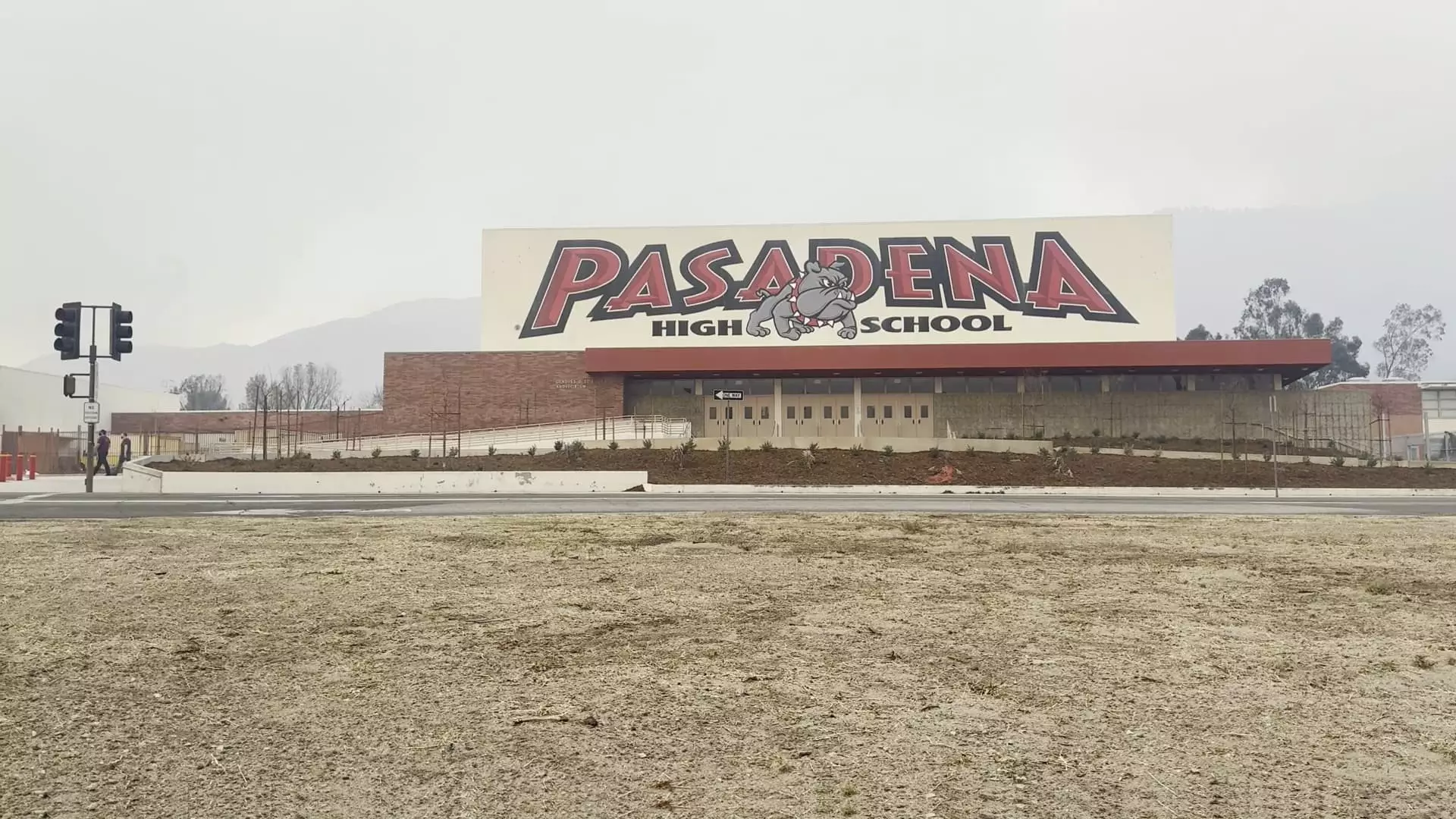The landscape of public education in the United States is on the precipice of a seismic shift as we approach 2025. With federal pandemic relief funds expiring and student enrollment on a dangerous decline, the foundations of our education system appear alarmingly unstable. The federal government’s Elementary and Secondary School Emergency Relief (ESSER) funds, which temporarily buoyed a beleaguered sector during the chaos of COVID-19, are now waning, and the dire implications of this financial reckoning are coming home to roost.
Experts, notably Marguerite Roza from the Georgetown Edunomics Lab, have forewarned school districts about the perils of becoming too dependent on temporary funds. It seems that the warning went largely unheeded, as many districts embraced a false sense of security, mistaking pandemic-induced financial aid for a long-term lifeline. Now, we find ourselves staring at a colossal problem: an estimated 250,000 education jobs hung in the balance, translating to an astonishing $24 billion in labor costs. This is not merely a statistic; it embodies the human cost of a system gripped by mismanagement and short-sightedness.
Declining Enrollment and Budgetary Nightmare
Even more concerning is the decline in public school enrollment, a trend that has been steadily worsening since 2020. In states like California, the drop in student numbers, exacerbated by declining birth rates and increased outmigration, adds another layer of complexity to an already precarious situation. This downturn in enrollment triggers a direct financial impact, as funding formulas typically tie state dollars to the number of pupils in seats. Schools that once hired aggressively to combat pandemic-driven academic setbacks now find themselves in a paradoxical state—too many staff, yet not enough students to justify their salaries.
It’s akin to a family that wins the lottery—celebratory purchases are made based on windfall gains—but the following year heralds grim financial reality. As Roza aptly pointed out, commitments founded in temporary funds have triggered a precarious cycle. Schools, once empowered by substantial federal aid, are now overextended, staring down the barrel of a financial cliff.
The Consequences of Inaction
As districts grapple with these challenges, it becomes imperative to question the leadership strategies employed throughout the pandemic. While some districts took proactive measures like attrition or early retirement plans to trim excess staff, others have succumbed to paralysis by analysis, failing to enact timely exit strategies. The result? A looming threat to school personnel—teachers, counselors, and support staff—whose vital roles in shaping the minds of our youth are now at risk.
The anguish of educators is palpable. Mike Fine, CEO of California’s Fiscal Crisis and Management Assistance Team, articulated the anguish felt by those committed to the educational sector. No one enters this field to lay off colleagues; the very act contradicts the foundational ethos of community, mentorship, and support. The bloodletting that Roza described is not just financial; it represents a catastrophic loss of potential—the educators, who are the bedrock of our future generations, are facing an existential threat due to systemic neglect and lack of foresight.
As public schools teeter on the brink of collapse, we must confront the reality that inadequate planning and a focus on quick fixes have imperiled the very essence of education in America. The time for accountability and restructuration is now, or the consequences will echo across generations.

